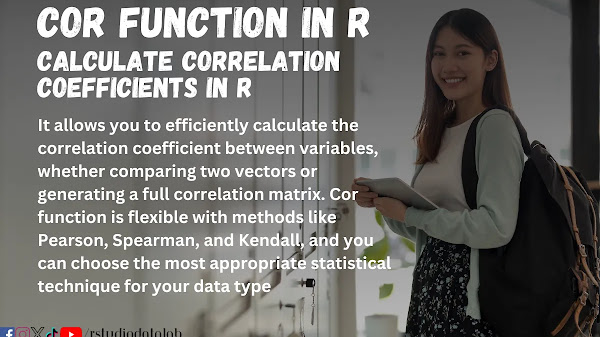RStudioDataLab
Get Expert Help Today
Professional data analysis services for R & RStudio, SPSS, JASP, Minitab & Excel. Expert thesis support, research assistance, and academic projects with unlimited revisions guaranteed.
Feedback from satisfied clients worldwide
"RStudioDatalab saved my dissertation! Their expert helped me with complex statistical analysis in R that I couldn't figure out for weeks. The explanations were clear, and they provided unlimited revisions until everything was perfect."
"Outstanding SPSS support! The team helped me analyze survey data for my company's market research. Professional, fast, and they explained every step. Highly recommend for business analytics needs."
"Exceptional thesis support! They helped with methodology design, data analysis, and results interpretation. The live Zoom sessions were incredibly helpful. True experts who deliver quality work."
"Amazing Minitab help for my Six Sigma project! The expert walked me through DOE and statistical process control. Clear explanations, quick turnaround, and excellent customer service throughout."
"Perfect Excel analysis for my business case study! They created advanced pivot tables, performed regression analysis, and built beautiful dashboards. Exceeded my expectations completely."
"Incredible live session support! The expert helped me debug complex R code in real-time via Zoom. Professional, patient, and knowledgeable. Will definitely use their services again."





